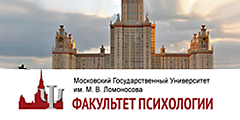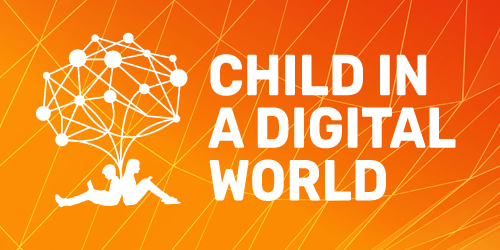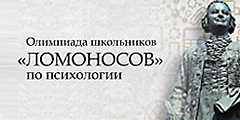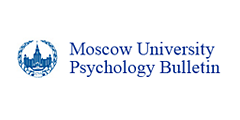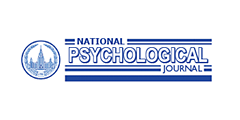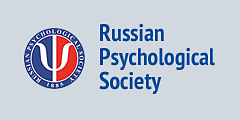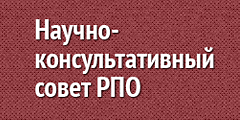
-
Using PlayWorld to Promote Narrative Development: Evidence from a Double-blind Control Experiment
-
Background. Recent data indicate an increase in speech difficulties and a decline in narrative competence among today’s preschool children. Therefore, identifying effective methods to support the development of narrative competence is a pressing and relevant challenge.
Objective. The aim of this study was to evaluate the efficacy of using PlayWorld interventions in fostering narrative competence in preschool children.
Design. The study involved 90 children aged 5–6 years and compared: (1) PlayWorld—a form of joint child-adult pretend play based on a fairy tale plot, (2) free pretend play, and (3) a control group. The research employed a randomised controlled trial design. Children’s narratives were assessed using the “MAIN: Multilingual Assessment Instrument for Narratives”, focusing on word count, speech rate, and both macrostructure (semantic level) and microstructure (lexical-grammatical level) of narrative production.
Results. The results revealed that children receiving PlayWorld interventions significantly improved their macro- and microstructure of narratives, whereas in free pretend play children improved only the macrostructure of narratives. Children in the control group showed significant decline of scores for the macrostructure of narratives.
Conclusion. The findings revealed that PlayWorld interventios are an effective approach for developing narrative competence. The use of cultural texts and adult involvement in pretend play are important complementary factors that enhance the developmental impact of pretend play. The findings contribute to a more precise understanding of how pretend play supports narrative development and may have both theoretical and practical implications for future research and educational practice.
DOI: 10.11621/pir.2025.0309
Keywords: pretend play/ PlayWorld/ coherent speech/ narrative competence/ cultural-historical approach
-
-
Playing Online as Preparation for Mathematics: The Cultural-Historical Approach as an Alternative to Constructivism
-
Background. While the traditional method of teaching consists of repetition and memorization, the constructivist theory proposes independent discovery and free play. The cultural-historical approach, on the other hand, does not insist on the early introduction of formal mathematics as implicit or explicit knowledge. According to this outlook, important psychological developmental is necessary for the child before he/she can learn mathematics in primary school.
Objective. To present a methodology for organizing the play activity of children of preschool age by introducing symbolic means on the materialized and perceptual levels as an essential aspect of preparation for learning mathematical concepts in primary school.
Design. The experiment consisted in pedagogical work in the online modality by the authors at a private college in the city of Puebla, Mexico. Eighteen children from three levels of preschool education (from three to six years old) participated in 45-minute sessions three times per week. There were six children from each preschool level.
Results. It was shown that playing with roles online allows children at least partially to include different symbolic means in their activity. This allows the children not only to satisfy their curiosity and be positively engaged in the topic of the play, but also to develop symbolic functions as preparation for intellectual actions with numerical content in primary school.
Conclusion. The article shows a feasible way to organize preschool play with roles online and thus to scaffold the formation of children’s imagination and ability to use symbolic means, which is important for future learning. The cultural-historical approach offers useful guidelines here, although more research is needed to support the development of children’s symbolic function within math-specific activity, based on activity theory applied to learning.
DOI: 10.11621/pir.2023.0305
Keywords: introduction of mathematics/ symbolic function/ online methodology/ innovative developmental methods/ preschool development
-
-
Effectiveness of Different Teaching Resources for Forming the Concept of Magnitude in Older Preschoolers with Varied Levels of Executive FunctionsPDF HTML4420“ CITE
Veraksa, A.N., Sidneva, A.N., Aslanova, M.S., Plotnikova, V.A.(2022). Effectiveness of Different Teaching Resources for Forming the Concept of Magnitude in Older Preschoolers with Varied Levels of Executive Functions. Psychology in Russia: State of the Art, 15(4), 62–82. DOI: 10.11621/pir.2022.0405
copied
-
Background. Studies have shown the great importance of early mathematical development as a predictor of subsequent success, which poses the question of how to organize preschool mathematical education with a view to the children’s age characteristics, including their cognitive development. In other words, mathematical concepts and actions should be formed with the help of teaching resources appropriate to the child’s development.
Objective. To determine the effectiveness of three teaching resources (examples, models, and symbols) in formation of the concept of magnitude in older preschoolers (ages 6–7) with different levels of executive function.
Design. Four training programs (with 15 twenty-minute lessons each) were developed and conducted in a formative experiment for older preschoolers with different levels of development of executive functions. The lessons addressed the concept of magnitude (length, area, volume), using different types of teaching resources: exemplars (in traditional and game variants), models, and symbols. The total sample of 116 subjects (44% boys) was divided into 4 groups for each of the programs, plus a control group in which no sessions were conducted. The groups were equalized according to the initial level of development of concepts of magnitude and the level of development of executive functions.
Results. There was a statistically significant increase in the quality of mastery of the concept of magnitude in three experimental groups (“symbolic,” “traditional,” and “traditional with game elements”) compared with the control group. The formative effect of the “model-building” program showed no significant differences from the effect of the child’s natural development (the control group). We also showed that children with a low level of regulation learned mathematical concepts more effectively with the “symbolic” program; children with a medium level of regulation with the “symbolic” and any variant of the “traditional” program; and children with a high level of regulation with the “symbolic” and “model-building” programs.
Conclusion. The findings underline the importance of both the type of teaching resources used and the level of development of voluntary regulation, when teaching mathematics to preschoolers.
DOI: 10.11621/pir.2022.0405
Keywords: Teaching resources/ regulatory functions/ executive functions/ symbol/ elementary mathematical conceptions/ older preschool age
-



